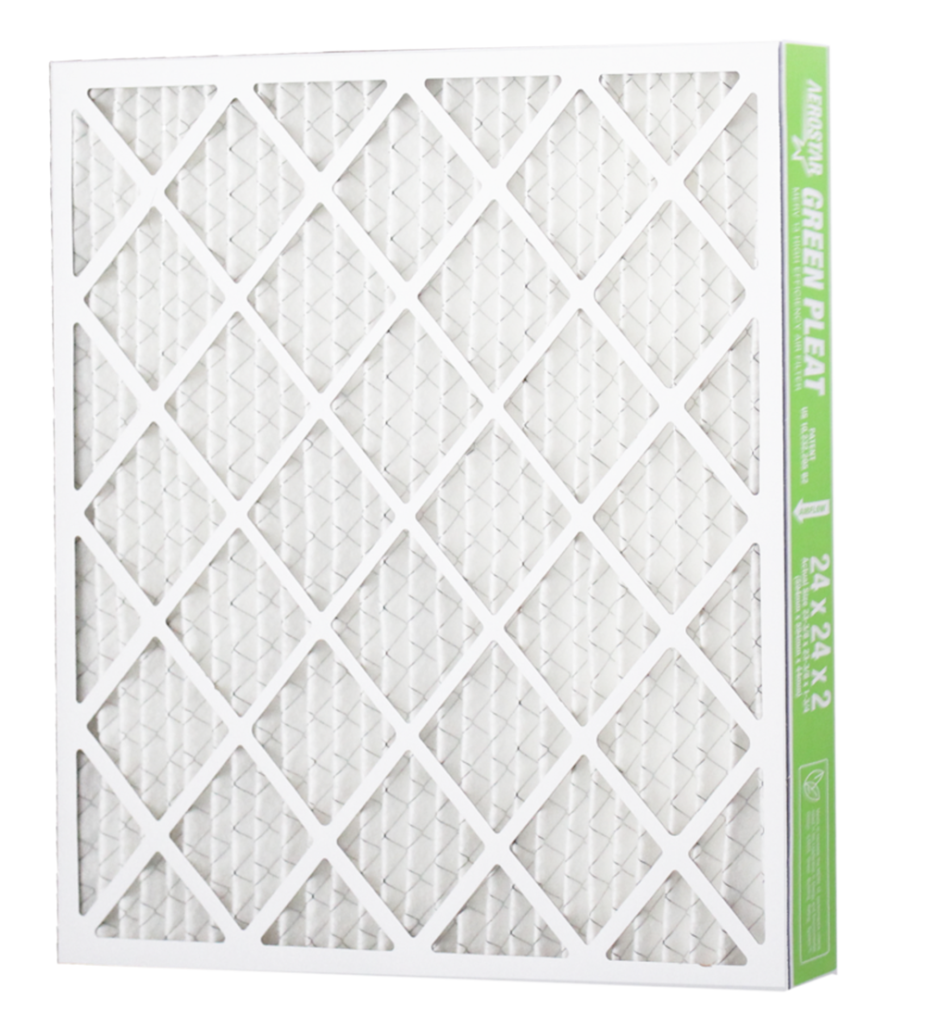PM2.5 : Particulate Matter below 2.5 Micron Size
Why Are PM2.5 Dangerous?
Studies have found a close link between exposure to fine particles and premature death from heart and lung disease. Fine particles are also known to trigger or worsen chronic disease such as asthma, heart attack, bronchitis and other respiratory problems.
What makes up PM2.5?
PM 2.5 is a complex chemical mix. PM 2.5 can come from a variety of sources—traffic, forest fires, volcanic dust, burning of heating fuel (wood, coal, etc.) coal-fired power plants, industry, and more—and although some is emitted directly from these sources, much of it forms in the air when chemicals, such as sulfates, nitrates, and volatile organics react or condense to form fine particles. Because PM2.5 is so fine of particulates, they can travel hundreds or even thousands of miles.
There are also Indoor sources such as tobacco smoke, cooking (frying, sautéing, broiling) burning of candles or oil lamps, new carpet and or furniture. Chemical used in cleaning.
Solution: Select an air filter to remove a highest % of PM2.5

Although a HEPA filter is the ultimate solution, it is normally impractical. Extremely high costs and most cases will not function in existing HVAC systems.
Starting around $20, FG IAQ’s Green Pleats will remove 95% of particulates 2.5 micron or smaller.
As a HEPA filter is the ultimate solution, it is normally impractical. Extremely high costs and most cases will not function is existing HVAC systems.
For a couple of dollars a month FG IAQ’s Green Pleats will remove 95% of 2.5 micron size.
GREENPLEAT OVERVIEW
- MERV13
- Available in 1”, 2” , 4” & 5” depths. Common & custom sizes.
- Advanced, dual-component, synthetic air media
- Charged fibers immediately trap contaminants
- Resulting dust cake enhances traditional filtration
- Promotes high filtration during entire life cycle
- High efficiency filtration in compact depth

